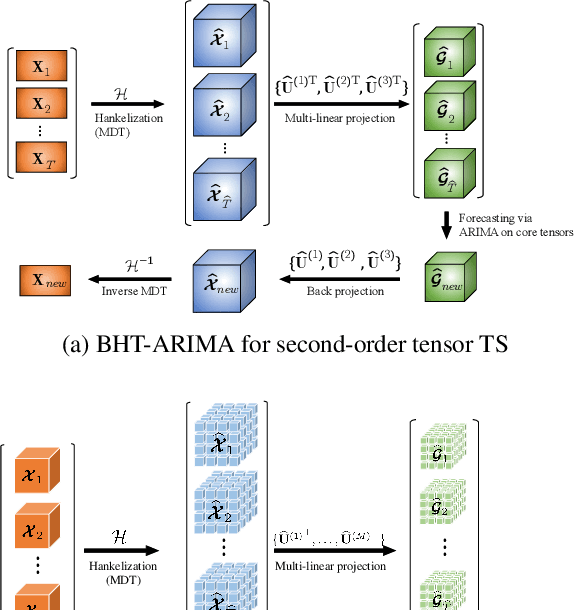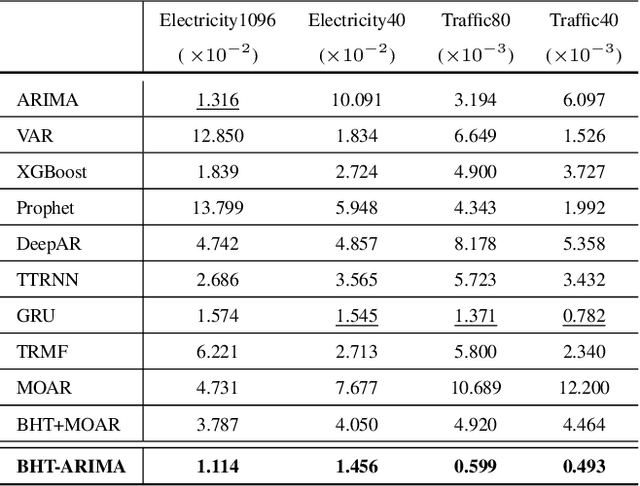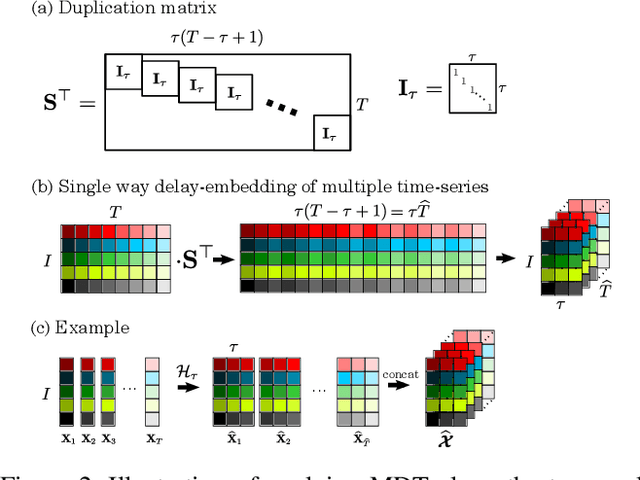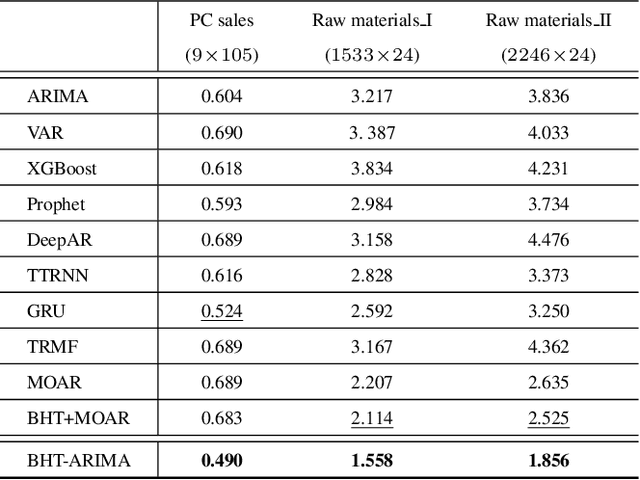Jiajun Cai
An Inter- and Intra-Band Loss for Pansharpening Convolutional Neural Networks
Aug 12, 2020


Abstract:Pansharpening aims to fuse panchromatic and multispectral images from the satellite to generate images with both high spatial and spectral resolution. With the successful applications of deep learning in the computer vision field, a lot of scholars have proposed many convolutional neural networks (CNNs) to solve the pansharpening task. These pansharpening networks focused on various distinctive structures of CNNs, and most of them are trained by L2 loss between fused images and simulated desired multispectral images. However, L2 loss is designed to directly minimize the difference of spectral information of each band, which does not consider the inter-band relations in the training process. In this letter, we propose a novel inter- and intra-band (IIB) loss to overcome the drawback of original L2 loss. Our proposed IIB loss can effectively preserve both inter- and intra-band relations and can be directly applied to different pansharpening CNNs.
Block Hankel Tensor ARIMA for Multiple Short Time Series Forecasting
Feb 25, 2020



Abstract:This work proposes a novel approach for multiple time series forecasting. At first, multi-way delay embedding transform (MDT) is employed to represent time series as low-rank block Hankel tensors (BHT). Then, the higher-order tensors are projected to compressed core tensors by applying Tucker decomposition. At the same time, the generalized tensor Autoregressive Integrated Moving Average (ARIMA) is explicitly used on consecutive core tensors to predict future samples. In this manner, the proposed approach tactically incorporates the unique advantages of MDT tensorization (to exploit mutual correlations) and tensor ARIMA coupled with low-rank Tucker decomposition into a unified framework. This framework exploits the low-rank structure of block Hankel tensors in the embedded space and captures the intrinsic correlations among multiple TS, which thus can improve the forecasting results, especially for multiple short time series. Experiments conducted on three public datasets and two industrial datasets verify that the proposed BHT-ARIMA effectively improves forecasting accuracy and reduces computational cost compared with the state-of-the-art methods.
 Add to Chrome
Add to Chrome Add to Firefox
Add to Firefox Add to Edge
Add to Edge